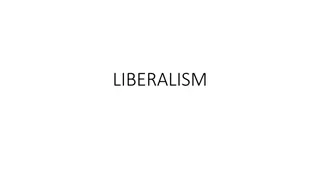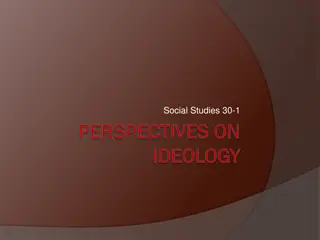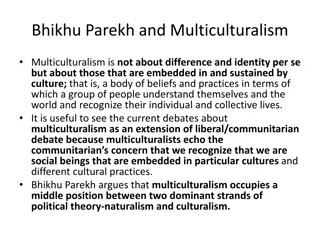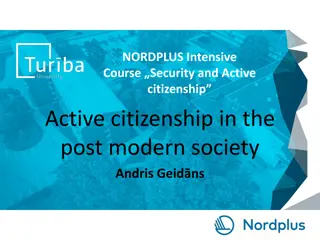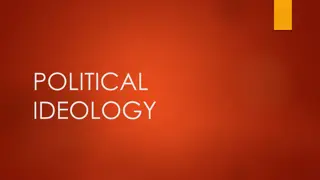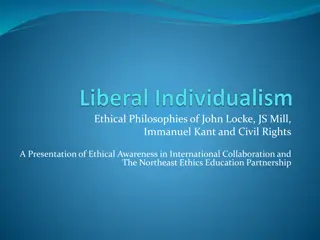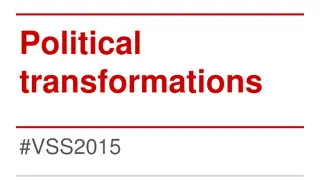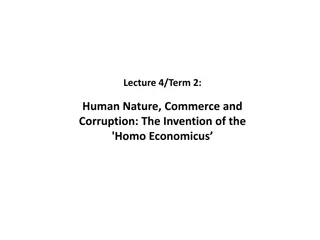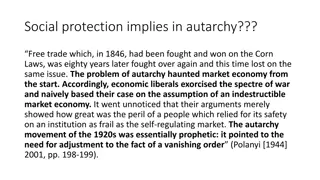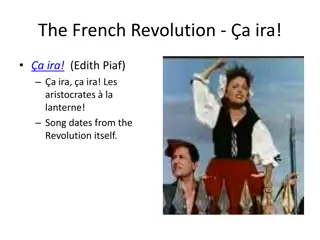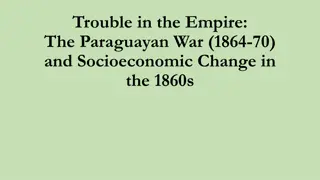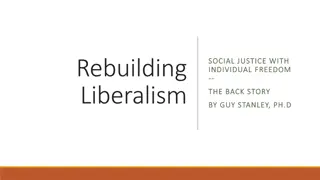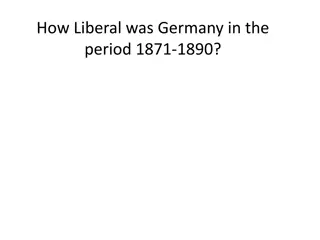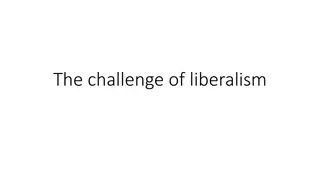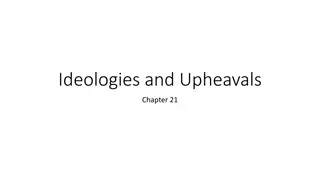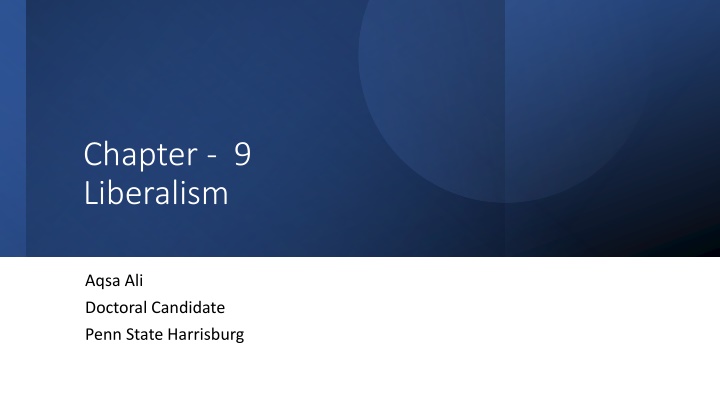
Liberalism: Freedom, Equality, and Ideological Spectrum
Explore the complexities of liberalism, from the dichotomous nature of freedom and equality to the four types of liberalism - Neutrality, Perfectionism, Utilitarianism, and Contractarianism. Delve into the differences between Leftist and Rightist ideologies and how they shape socio-economic and political landscapes. Discover how liberal societies navigate issues of neutrality and perfectionism to find common ground amidst diverse beliefs.
Download Presentation

Please find below an Image/Link to download the presentation.
The content on the website is provided AS IS for your information and personal use only. It may not be sold, licensed, or shared on other websites without obtaining consent from the author. If you encounter any issues during the download, it is possible that the publisher has removed the file from their server.
You are allowed to download the files provided on this website for personal or commercial use, subject to the condition that they are used lawfully. All files are the property of their respective owners.
The content on the website is provided AS IS for your information and personal use only. It may not be sold, licensed, or shared on other websites without obtaining consent from the author.
E N D
Presentation Transcript
Chapter - 9 Liberalism Aqsa Ali Doctoral Candidate Penn State Harrisburg
What is liberalism? Is there one liberalism or many liberalism? Can liberals believe in both freedom and equality? Key Questions
Liberalism a dichotomous concept Theoretically, freedom and equality are considered as the foundation of the liberalism. However, exercise of freedom leads to inequality and the establishment of an equal society demands some restrictions on the freedom of the people. Practically, the socio-economic and political arenas adopt it according to their own spectrum of being a leftist or a rightist. Liberalism is the world s dominant ideology.
Rightist To carry on with the status quo Government power More traditional and religious views Social inequalities are inevitable More religious and opposing ideals promoted by the left Laissez-faire leave things alone, less regulation for innovation and lower taxes to increase growth. Parties on right are the Conservatives, Republicans Extreme is fascism Leftist Leftist vs Rightist First used in French Revolution to overthrow the monarchy. Individual liberty Equal society and substantial government role in regulating the industry and higher taxes on rich. More progressive in approach and voice for issues like abortion, LGBTQ and free economy. Deriving force behind separation between church and state Believe in government intervention to avoid recession Parties on left are the Labour, Democratice Extreme in communism
Four types of Liberalism Neutrality the state should avoid taking a position on comprehensive views of the world, including both religious and secular systems of belief. Perfectionism state should promote a set of values or ideals, centered on human autonomy. Utilitarianism state should seek to maximize utility. Contractarianism state or political principles can be modelled as a contract between individuals in a fair bargaining situation.
Neutrality As far as possible remove the dispute from state power. Issues should be resolved on individual level and treated as a private than a public matter. Abortion pro-life verses pro-choice Or Right to life verses right to choose Disagreement and absence of comprehensive consensus marred the political neutrality of the issues/policies. In a liberal society stability is only possible based on a broad consensus. The solution is in finding the common ground where no one needs to give up his/her metaphysical beliefs.
Perfectionism Liberal perfectionism would emphasize not only that each person is capable of achieving value but that he or she should also be encouraged to do so. Perfectionism focuses on human autonomy and treat autonomy as a good goodness defined as the maximization of the satisfaction of preferences. It values individuality and believe in shaping public environment through indirect state interventions like funding or subsiising the desired outcome.
Utilitarianism Utilitarians believe in maximizing the overall welfare or utility of a society. Achieving the happiness of the majority. No one person s utility should take priority over that of another. The utility can be maximized either through experiences (cardinal measurement) or through preference-satisfaction (ordinal measurement). Rejects natural authority and accepts coercion only as mean to bring about the greatest good. Best fit for democratic societies where the calculation of utility is dovetails with the counting of votes.
Class discussion Anti-prostitution laws of Sweden Prohibition of sexual services Act 1998 by Swedish parliament It prohibits the sale of sexual services The buyer rather than the seller, was criminalized. coercion verses voluntary exchange A report published in 2010 assessed the first ten years of the policy and found that the prostitution had been halved in that time. Hostility of the people towards prostitution increased and 72% supported the law. People previously engaged in this act claimed that the buyer always has the power and exploited the seller.
Questions Is it possible to legalized a profession entailing criminal activities/or part of a grey economy? What sort of people are engaged in this activity? What should be the role of a liberal government here? Does legalizing prostitution means tolerance for different opinions? Is it justified to criminalized a profession without addressing the root causes? Where is the rehabilitation plan for those who are already in it?


